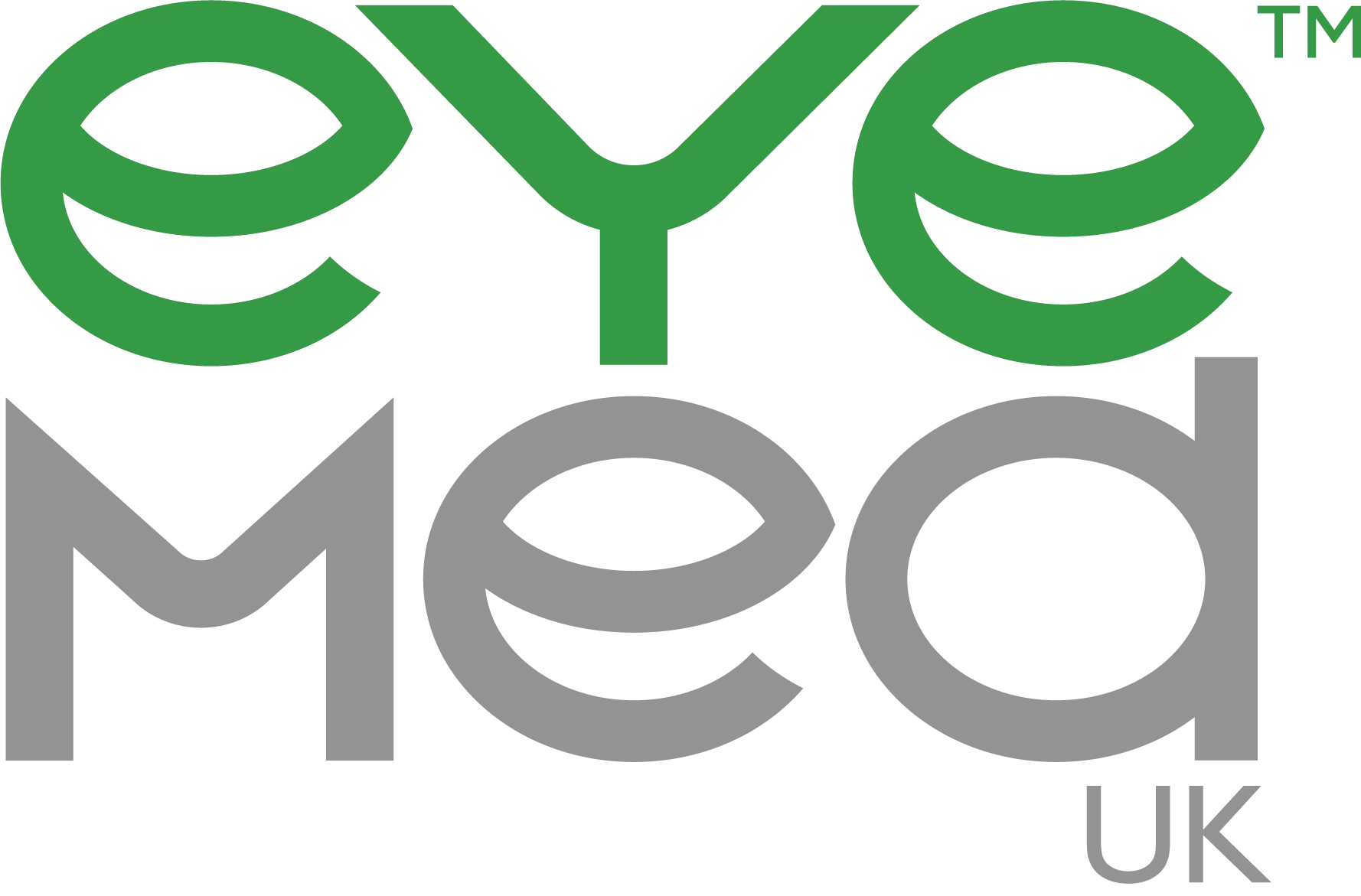A big part of promoting inclusivity in any organisation is an employee benefits strategy that caters to the diverse needs of its workforce.
Yes, a competitive salary still matters. But today’s employees are looking for more. What additional value do your employees get from being part of your company? Are you meeting the individual needs of your team? One thing’s for sure: when it comes to employee benefits, one size does not fit all.
In this blog, we’ll walk through the key steps to designing an inclusive employee benefits strategy that not only attracts top talent but also keeps your existing workforce engaged and supported.
Understanding Your Workforce
Traditionally, salary was the main factor influencing employment decisions. But times have changed. Employees now expect more holistic support; benefits that reflect their unique circumstances, values and goals.
Suppose you don’t understand the unique and diverse needs of your workforce. In that case, any benefits package implemented faces the risk of being unappealing. Not to mention an unnecessary financial burden on the company. That’s why the first step in crafting an inclusive employee benefits strategy is listening.
Look at your team’s demographics: age, gender, cultural background, family situations and personal priorities. Use surveys, focus groups or one-on-one interviews to gather real insights. This data becomes the foundation for building benefits that resonate with your entire team – not just a select few.
Accessible and Flexible Employee Benefits
Offering great benefits is just the beginning. They must also be accessible to everyone.
Think of accessibility as making sure everyone has a seat at the table. If your benefits aren’t easy to access or navigate, you’re unintentionally excluding parts of your workforce. It’s not just a legal checkbox; it’s a commitment that you care about each and every one of your employee’s wellbeing.
Flexibility matters too. Employees have different needs at different life stages and your benefits strategy should reflect that. Whether it’s remote working options, mental health resources or parental support, offering flexible benefits shows that your company is adaptable and forward-thinking.
Inclusive Communication
When it comes to employee benefits, being inclusive means communicating in a way that resonates with everyone. It’s not just about sending out mass emails; it’s about making sure the message is clear and considers diverse standpoints.
Make sure to use diverse communication channels, including multiple languages, visual materials and accessible formats to reach every member of your team. The goal is to ensure every employee understands what’s available to them and how to make the most of it.
At EyeMed UK, we prioritise clear, inclusive communication. We want to ensure employees know what is covered in their eye care plans and what their out-of-pocket costs might be. To do this, we offer open enrolment and full communication support. We also offer a welcome Kit with ID cards and user-friendly tools so members can navigate their membership quickly and easily.
Regularly Review and Update
Employee needs aren’t static, so your benefits strategy shouldn’t be either. Employees wants and needs will, of course, change over time. So, regularly reviewing your offerings helps you stay in tune with what your team values most. This doesn’t mean chasing every trend, but rather being responsive to evolving expectations. Maybe younger employees are seeking more flexibility or health and wellness have taken centre stage.
By staying on top of these shifts, you can fine-tune the benefits offered and ensure it reflects what makes your team tick. Ongoing feedback loops, such as quarterly check-ins or pulse surveys, can guide strategic updates. This keeps your benefits meaningful, your team engaged and your culture strong.
Crafting an inclusive employee benefits strategy isn’t just about checking boxes – it’s about building a workplace where everyone feels seen, supported and empowered.
At EyeMed UK, we believe that eye care is an essential part of that journey. If you’re looking for inclusive, accessible eye care solutions for your team, get in touch with us today.
